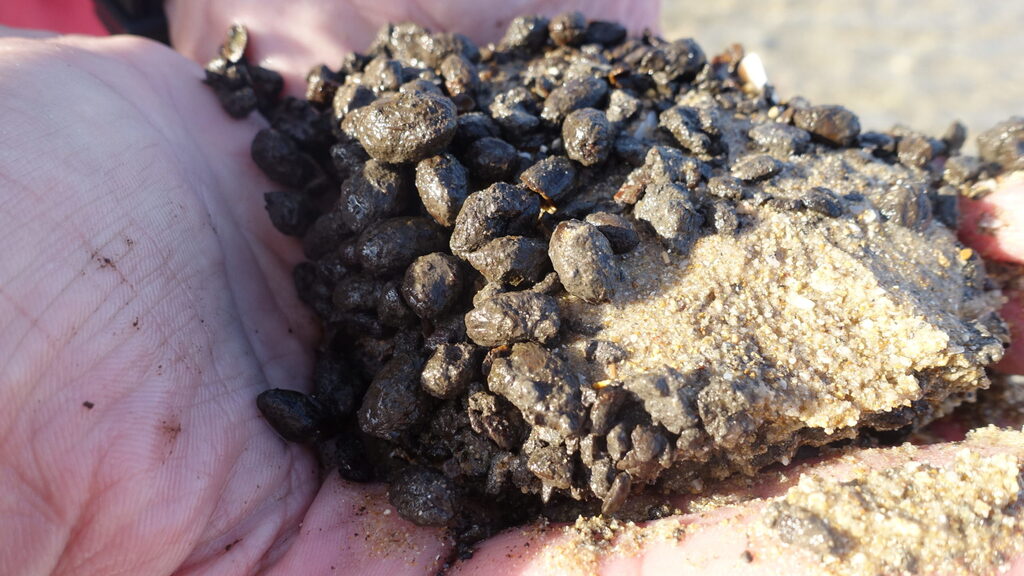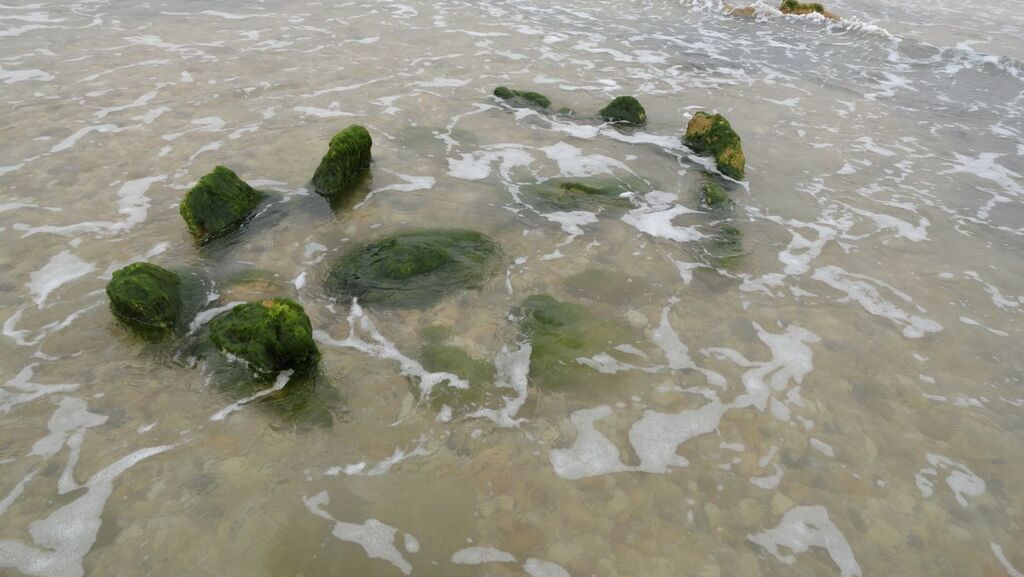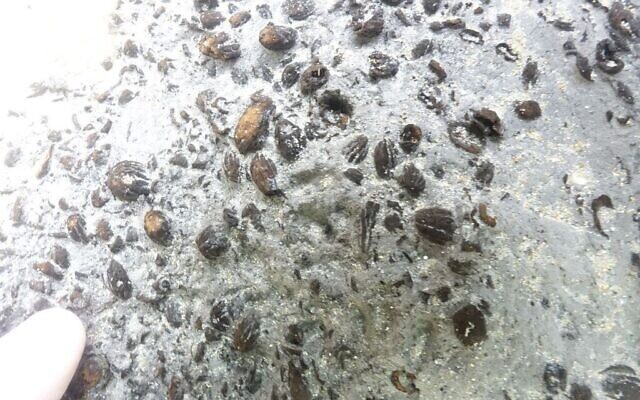In an underwater site, dated to approximately 6,600 years ago, archeologists have discovered two stone structures filled with thousands of olive pits. The pits, most well preserved and whole, provide evidence that olives were processed industrially for eating at this very early stage.
Previous evidence was unclear, with the earliest indications pointing to olives first being eaten in the first millennium BCE.
Olives and their oil are a key ingredient in the Mediterranean diet and hold symbolic value in many countries. This latest study now shows that the residents of the area have not only been using olives for oil for thousands of years – as was previously revealed – but eating them as well.
The study was published last week in the journal Scientific Reports – Nature by researchers from the University of Haifa, the Technion – Israel Institute of Technology, Tel Aviv University, the Hebrew University of Jerusalem, the Volcani Center and other research institutions in Israel and abroad.
Dr. Ehud Galili, an archeologist at the Zinman Institute of Archeology at the University of Haifa, who discovered the site in the Mediterranean Sea off of Israel’s northern coast in 2011, said that prehistoric sites are known to exist underwater in stretches near the coast that were above sea level during the world’s ice ages. “Storms sometimes shift the sand covering these sites,” he explained, adding that marine archeologists who are aware of this search for prehistoric remnants after a spell of bad weather.
The site of the discovery, called Hishulei Carmel, starts very close to the coast and stretches some 150 meters into the sea, Galili said. The specific structures in which the olive pits were discovered were located close to the beach and in very shallow sea.
Two ovals built of slabs of stone were set with intent perpendicular to the ground, and the structures consisted of encirclements the size of small rooms in which, the Haifa archeologist said, “were olive pits 10 centimeters deep.”
Researching prehistoric sites requires multidisciplinary input from researchers with expertise in many different areas. To achieve this, the pits were sent to a diverse group of researchers at most major Israeli universities.
“We each worked on a different aspect,” Dr. Daphna Langgut of Tel Aviv University’s department of archaeology and ancient Near Eastern cultures, said. Langgut, who is head of the laboratory of archaeobotany and ancient environments, said that she compared the degree to which the pits were broken to the remains of a previously discovered site, called Kfar Samir, in which olive oil was manufactured in the 8th century BCE.
Kfar Samir, the oldest site of olive oil manufacturing discovered to date, is located some 1.5 km from Hishulei Carmel.
“I showed that most of the pits are whole, and those that aren’t were broken along the pits’ crease … their natural breaking point. The remains left from crushing olives for oil, however, consist of a of puree of olive pits,” she said.
“A concentration like this of thousands of whole pits that aren’t crushed attests to the fact that these olives were being prepared,” she said. “In order to eliminate their bitterness you need to cure them, as we do to this day in salt water or coarse salt. In fact, the proximity of these pits to the sea teaches us that they probably used salt from the sea, or the seawater itself to cure the olives.”
This idea was strengthened during research conducted in the department of biotechnology and food engineering at the Technion. An experiment there, conducted by Prof. Ayelet Fishman, showed that it is possible to cure olives in seawater. “The pickling of olives in the utensils discovered there could have taken place after the fruit was washed repeatedly in seawater in order to reduce the bitterness, and then soaked in seawater, possibly with the addition of sea salt,” Fishman said in a statement released by Haifa University.
Langgut joked that the discovery gives Israel an edge in the patriotic competition among Mediterranean academics working on the subject, all of whom wish to prove that olives were first used in their country. And, on a more serious note, the researcher explained, the discovery holds implications for attempts to ascertain when fruit trees were first domesticated, a development connected to the growth of more complex societies.
Galili, who led the research, said that the wider importance of the Israelis’ joint discovery lies in the light it sheds on the evolution of olive and its uses, so vital to the region, its history and culture. He said he also hopes to see olives again being cured for eating in seawater, “as they were originally processed.”
Article written by Daniel Sonnenfeld
Reprinted with permission from The Media Line




